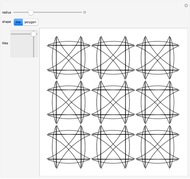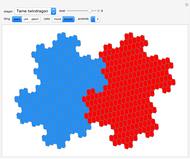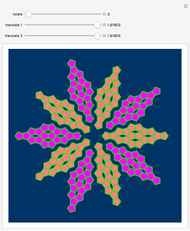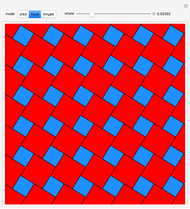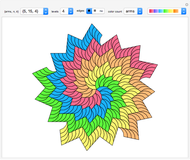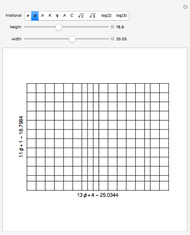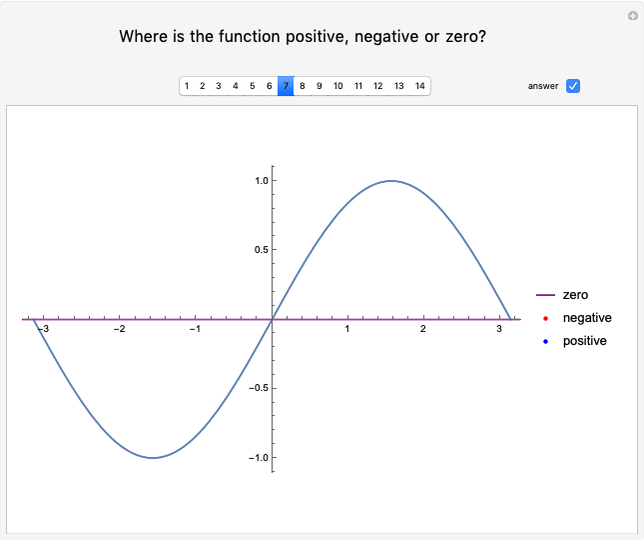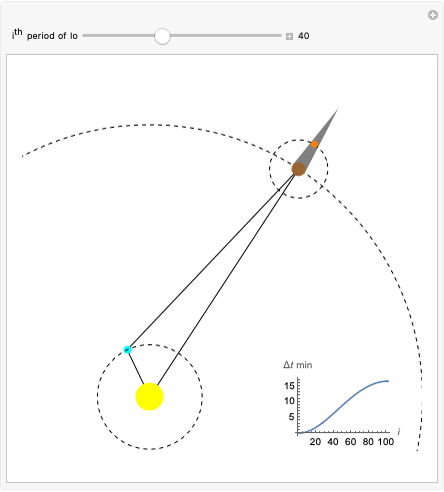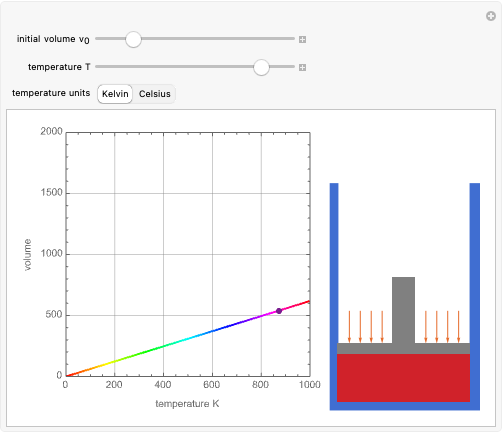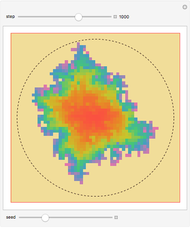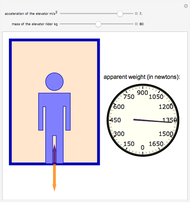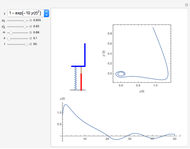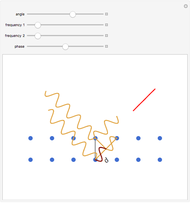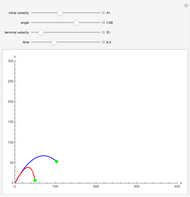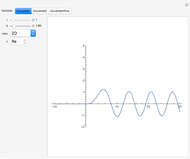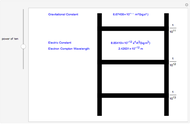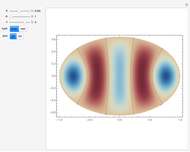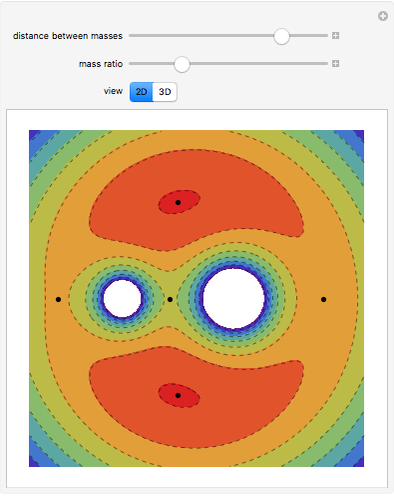Girih Tiles

Requires a Wolfram Notebook System
Interact on desktop, mobile and cloud with the free Wolfram Player or other Wolfram Language products.
The five Girih tiles (from the Persian word meaning "knot") are the fundamental patterns of Islamic art, in use since the 13th century. A tile has every edge of the same length, interior angles from the set 72°, 108°, 144°, or 216°, and a polygonal line that meets the sides at the midpoints; when two tiles touch on a common side, the two line segments form a straight angle. Girih tiles closely resemble Penrose tiles.
[more]
Contributed by: Enrique Zeleny (November 2012)
Open content licensed under CC BY-NC-SA
Snapshots
Details
References
[1] Wikipedia. "Girih Tiles." (Oct 18, 2012) en.wikipedia.org/wiki/Girih_tiles.
[2] S. R. Prange, "The Tiles of Infinity," Saudi Aramco World, 60(5), 2009 pp. 24–31.
[3] P. J. Lu and P. J. Steinhardt, "Decagonal and Quasicrystalline Tilings in Medieval Islamic Architecture," Science, 315(5815), 2007 pp. 1106-1110.
Permanent Citation
"Girih Tiles"
http://demonstrations.wolfram.com/GirihTiles/
Wolfram Demonstrations Project
Published: November 12 2012











